Songwol-dong Fairy Tale Village (송월동 동화마을)
9.0Km 2025-10-23
Songwol-dong 3(sam)-ga, Jung-gu, Incheon
Songwol-dong was named for its view of the moon between the pine forest. The opening of Incheon Port in 1883 led to the start of many foreigners coming into the area for settlement, and it turned into a rich village. However, young people gradually moved out, leaving the village in a state of stagnation. As such, a renovation project was brought about to improve the development of the village by decorating with murals and sculptures of classic fairy tales.
Aramaru Observatory (아라마루 전망대(아라폭포))
9.0Km 2024-02-15
79-4 Duksil-dong, Gyeyang-gu, Incheon
The Aramaru Observatory, a circular structure perched in the gorge section of Gyeyangsan Mountain, occupies the highest point of the Arabaetgil, a maritime path linking the West Sea with the Hangang River. Renowned for offering the most spectacular vista of the entire Arabaetgil, the observatory features a glass floor that provides a stunning overhead view of the Arabaetgil below. At night, the ambiance is further enhanced by the twinkling lights installed along the railings and floor, creating a mesmerizing atmosphere that captivates visitors.
Fairy Tale Village Dolphin Pizza (동화마을 돌고래피자)
9.0Km 2024-02-16
9-1 Donghwamaeuran-gil, Jung-gu, Incheon
Fairy Tale Village Dolphin Pizza is famous for its signature dish, Dolphin Pizza. It takes inspiration from the street food classic, bungeoppang (fish-shaped bun with red bean filling), but with a twist: it's filled with pizza ingredients instead. This innovative and portable street food is created by pouring flour batter into a dolphin-shaped baking frame and then stuffing it with pizza fillings. Additionally, the menu offers a variety of other fillings, including bulgogi, corn cheese, steak, cream, and red beans, catering to a wide range of tastes.
Uniqlo - Incheon Hang-dong Branch [Tax Refund Shop] (유니클로 인천항동)
9.0Km 2024-04-17
1F, 3, Sinpo-ro, Jung-gu, Incheon
-
Incheon Japanese Street (인천일본풍거리)
9.1Km 2024-02-16
Gwandong 1(il)-ga, Jung-gu, Incheon
Incheon Japanese Street, established following the opening of Incheon and Jemulpo Ports in 1883, was home to the Japanese concession. It preserves several Japanese-style wooden houses and stone structures from that era. These wooden houses, designed in the distinctive style of Japanese architecture where a storefront is integrated into the residential building, have been renovated and are now serving as cafés and exhibition halls. Nearby, visitors can also explore Incheon Chinatown and the Gaehangjang (Open Port Area) Street.
Gaehangjang (Open Port Area) Street (개항장 거리)
9.1Km 2025-10-23
27 Jemullyang-ro 232beonan-gil, Jung-gu, Incheon
As the Incheon Port was opened in 1883, this is where one could feel the rich history and culture accumulated over 126 years. Formerly used by the Japanese consulate, the Jung-gu Office, the Incheon branch of Japan's 1st, 18th and 58th Bank and other modern historical architecture can be found intact here. Other historical remains like Former Japan Mail and Shipping Inc., Incheon Art Platform, Jemulpo Gurakbu, and more are also available for visitors to see at the Incheon Gaehangjang (Open Port Area). For those who are interested in learning more, a guided tour by an Incheon cultural tourism expert is available upon reservation.
Incheon Open Port Museum (인천개항박물관)
9.1Km 2025-10-23
89 Sinpo-ro 23beon-gil, Jung-gu, Incheon
Designated as a Tangible Cultural Heritage of Incheon Metropolitan City, the Incheon Open Port Museum is housed in the former Bank of Japan building, an architectural masterpiece constructed in the late Renaissance style. With four permanent exhibitions, the museum offers a glimpse into various aspects of modern culture and artifacts that were first introduced after the opening of Incheon Port. (Credit: Incheon Jung-gu Cultural Foundation)
Nike - Starfield Bucheon Branch [Tax Refund Shop] (나이키 스타필드부천)
9.1Km 2024-04-18
3F, #3170, 1, Okgil-ro, Bucheon-si, Gyeonggi-do
-
ABC-Mart - Starfield Bucheon Branch [Tax Refund Shop] (ABC마트 ST스타필드부천점)
9.1Km 2024-04-18
1, Okgil-ro, Bucheon-si, Gyeonggi-do
-
Uniqlo - Starfield Bucheon Branch [Tax Refund Shop] (유니클로 스타필드부천)
9.1Km 2024-04-19
2F, 1, Okgil-ro, Bucheon-si, Gyeonggi-do
-
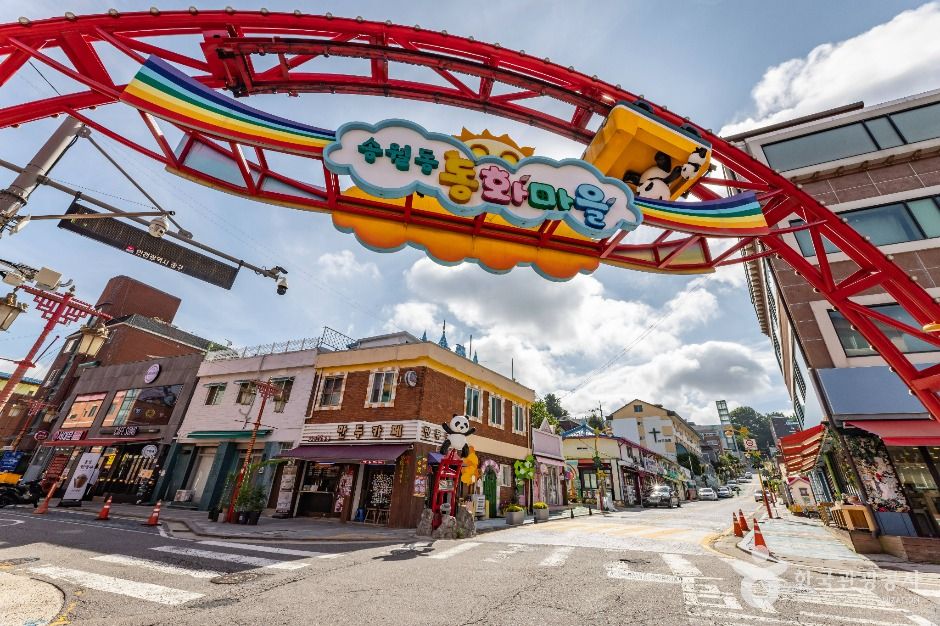

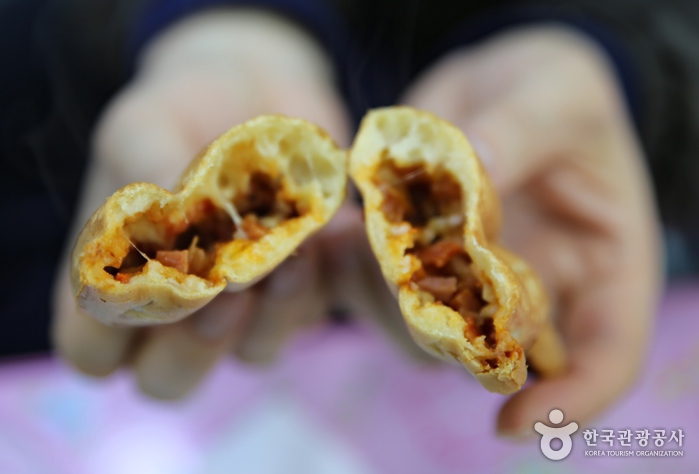
![Uniqlo - Incheon Hang-dong Branch [Tax Refund Shop] (유니클로 인천항동)](http://tong.visitkorea.or.kr/cms/resource/64/2882764_image2_1.jpg)
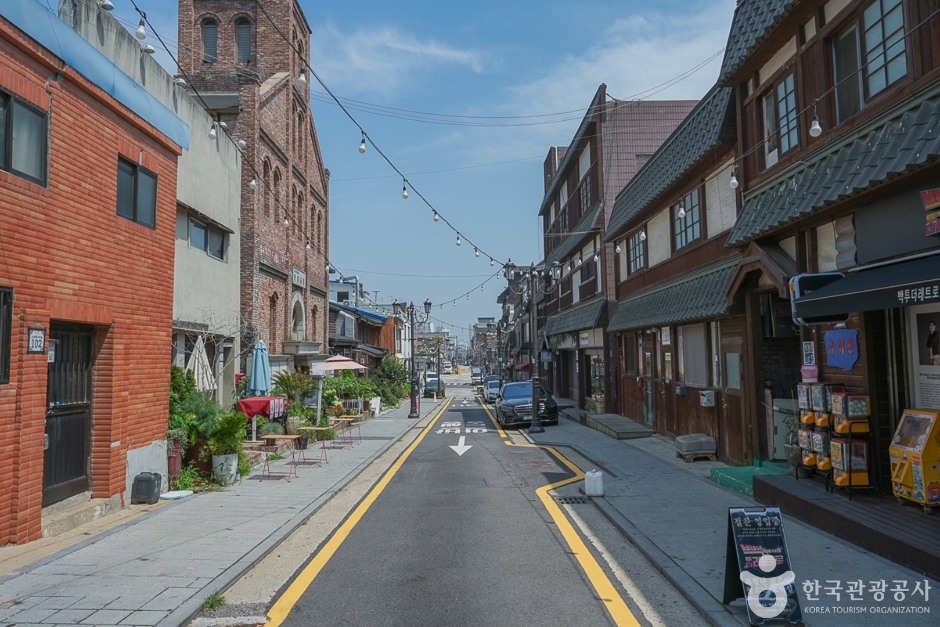
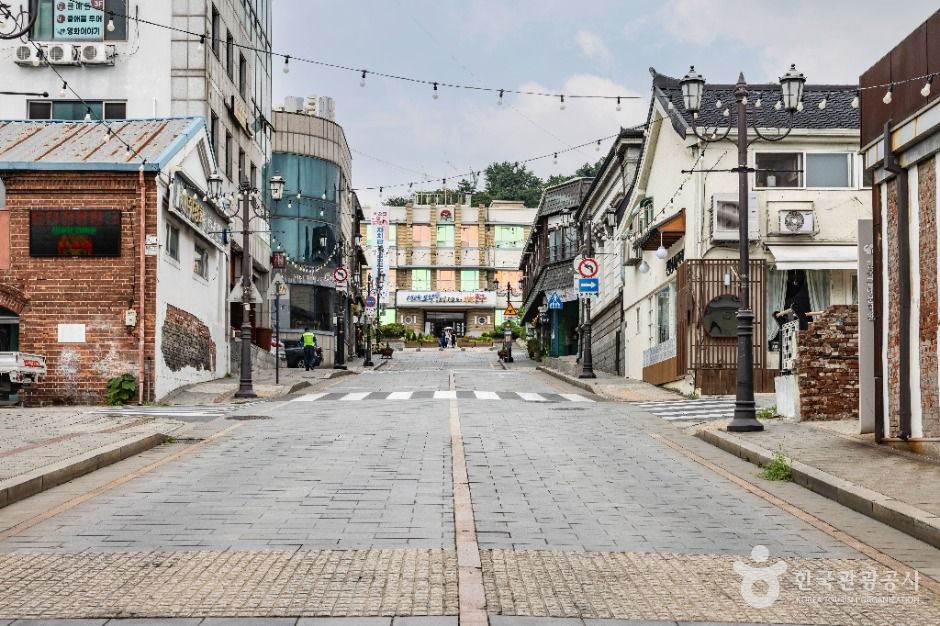
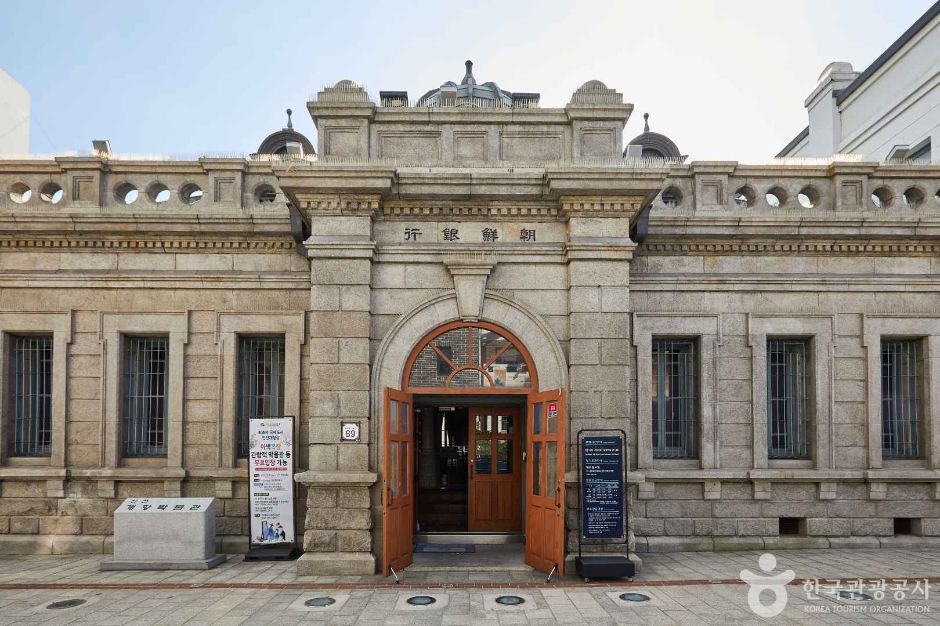
![Nike - Starfield Bucheon Branch [Tax Refund Shop] (나이키 스타필드부천)](http://tong.visitkorea.or.kr/cms/resource/23/2881923_image2_1.jpg)
![ABC-Mart - Starfield Bucheon Branch [Tax Refund Shop] (ABC마트 ST스타필드부천점)](http://tong.visitkorea.or.kr/cms/resource/25/2881925_image2_1.jpg)
![Uniqlo - Starfield Bucheon Branch [Tax Refund Shop] (유니클로 스타필드부천)](http://tong.visitkorea.or.kr/cms/resource/28/2891028_image2_1.jpg)
 English
English
 한국어
한국어 日本語
日本語 中文(简体)
中文(简体) Deutsch
Deutsch Français
Français Español
Español Русский
Русский